Search
Search Results
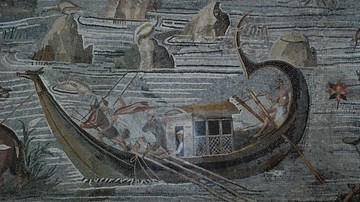
Definition
Ptolemaic Police
Ptolemaic police, or phylakitai, were responsible for law enforcement throughout Ptolemaic Egypt. The existence of a professional police force made Egypt different from ancient societies like the Roman Empire, which had no police. In addition...
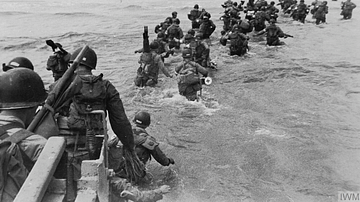
Definition
Utah Beach
Utah Beach was the westernmost of the five beaches attacked in the D-Day Normandy landings of 6 June 1944 and the one taken with the fewest casualties. Paratroopers were also dropped behind Utah, and despite being widely dispersed and suffering...
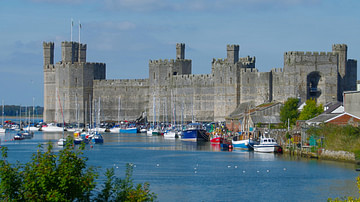
Definition
Caernarfon Castle
Caernarfon Castle (aka Caernarvon) is located in North Wales and was first built from 1283 CE by Edward I of England (r. 1272-1307 CE) to help, along with several other major castles, control the newly conquered area. As the administrative...

Definition
Tokugawa Iemitsu
Tokugawa Iemitsu (1604-1651) governed Japan as the third shogun of the Edo period. He implemented a number of important policies that not only consolidated his family's hold on power but also greatly impacted Japanese society for several...
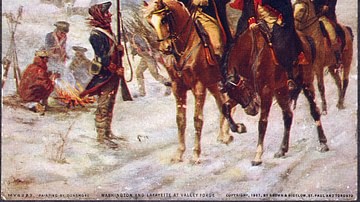
Definition
Valley Forge
Valley Forge was the winter encampment of the Continental Army from 19 December 1777 until 18 June 1778, during one of the most difficult winters of the American Revolutionary War (1775-1783). Despite being undersupplied, underfed, and plagued...
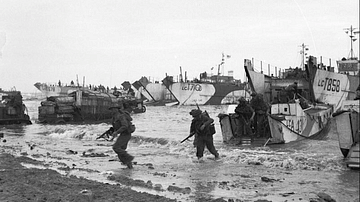
Definition
Gold Beach
Gold Beach was the central of the five Allied D-Day Normandy landings of 6 June 1944. Primarily British units, with massive naval and air support, were set the task of taking the beach, a feat achieved by the end of the day, using a combination...
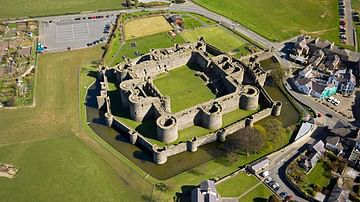
Definition
Beaumaris Castle
Beaumaris Castle, located on Anglesey, Wales, was built from 1295 CE by Edward I of England (r. 1272-1307 CE) to protect his territorial gains in the region. The castle featured the latest defensive designs of the period such as round towers...

Definition
Nathanael Greene
Nathanael Greene (1742-1786) was a general of the Continental Army during the American Revolutionary War (1775-1783). One of George Washington's most trusted subordinates, Greene served capably as Quartermaster General before leading the...
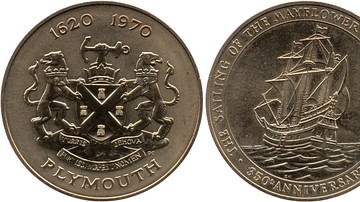
Definition
Christopher Jones, Captain of the Mayflower
Christopher Jones (l. c. 1570-1622 CE) was the English captain and quarter-owner of the Mayflower, the cargo ship that brought the religious separatists (now known as pilgrims) to the New World in 1620 CE. Little is known of Jones' life prior...
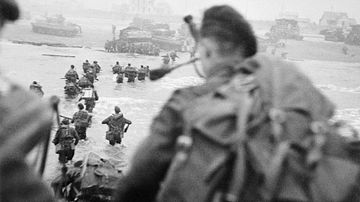
Definition
Sword Beach
Sword Beach was the easternmost beach of the Allied D-Day Normandy landings of 6 June 1944. The 3rd British Infantry Division was given the task of taking the beach while paratroopers and Royal Marine and French Commando units secured the...